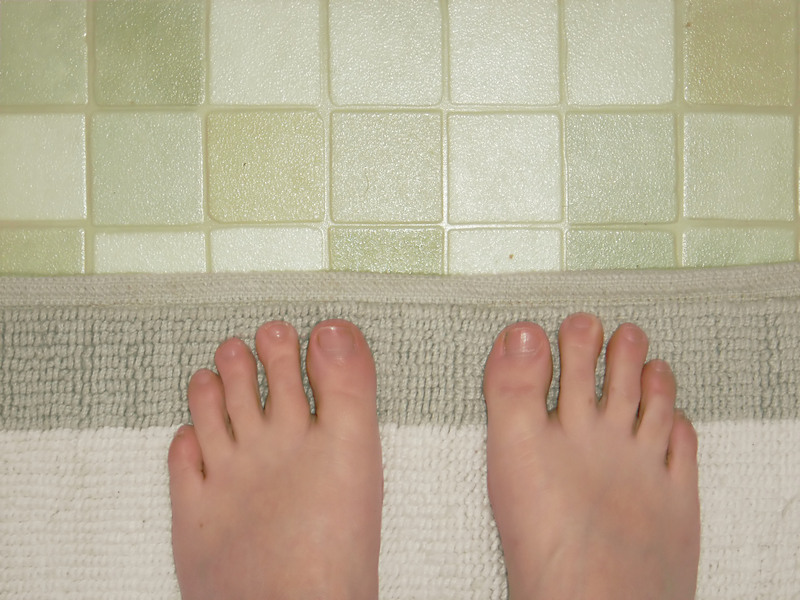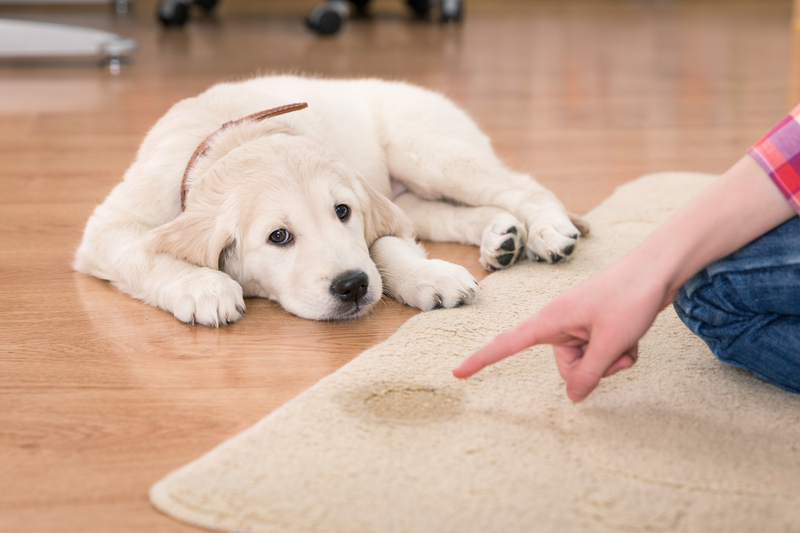No More Grease: Definitive Guide to Cleaning Enamel Oven Trays
Posted on 27/05/2025
No More Grease: Definitive Guide to Cleaning Enamel Oven Trays
Struggling with stubborn grease and burnt-on food on your enamel oven trays? You're not alone. These kitchen essentials are prone to grime, but cleaning enamel oven trays doesn't have to be a battle you dread. Discover the ultimate methods, science-backed solutions, and expert tips to bring back the gleaming finish of your ovenware in this comprehensive, SEO-optimized guide.
Understanding Enamel Oven Trays: What Makes Them Special?
Before diving into the cleaning process, it's vital to appreciate why enamel oven trays are different from stainless steel or nonstick counterparts. Enamel trays are made from steel or cast iron coated with a glassy, smooth vitreous enamel finish, providing:
- Durability: Resistant to scratches and corrosion.
- Heat Tolerance: Withstand high oven temperatures without warping.
- Non-reactive Surface: Ideal for acidic foods and easy cleaning.
However, while enamel is tough, it can chip with aggressive scrubbing, and persistent grease can dull its beautiful shine. Knowing how to clean grease from enamel oven trays gently yet effectively is the secret to long-lasting performance.

Symptoms of a Dirty Enamel Oven Tray
Are you unsure if your oven enamel tray needs a deep clean? Watch for these signs:
- Sticky Grease Spots: Residue that doesn't wash away with ordinary detergent.
- Persistent Stains: Brown, black, or yellow discolorations.
- Unpleasant Odors: Lingering smells when preheating the oven.
- Dull Surface: Lost shine, replaced by a matte or cloudy finish.
Why Regular Cleaning Matters
Cleaning enamel oven trays regularly isn't only about aesthetics--it prolongs the lifespan of the tray and ensures flavors don't mingle between dishes. Built-up grease can become a hidden fire hazard, so staying ahead of grime is crucial for kitchen safety and hygiene.
Preparation: Gathering the Right Tools and Products
Success in enamel baking tray cleaning starts with the right supplies. Here's what you'll need:
- Soft Sponges or Non-Abrasive Scouring Pads: Prevent scratching the enamel.
- Gentle Dish Soap: Cuts grease without damaging the coating.
- Baking Soda: A natural abrasive for tackling stains.
- White Vinegar or Lemon Juice: For extra degreasing power and shine.
- Rubber Gloves: Protect your skin from hot water and cleaners.
- Plastic Scraper (Optional): For stubborn, stuck-on bits.
Avoid steel wool or harsh chemical cleansers, as these can scratch or degrade the enamel coating, leading to rust or chipping.
Step-by-Step Guide: How to Clean Enamel Oven Trays
Step 1: Let the Tray Cool & Remove Loose Debris
Never submerge a hot enamel tray in cold water--it may crack from thermal shock. Let the tray cool completely. Use a paper towel or soft brush to wipe away crumbs, grease puddles, and loose burnt bits, which makes later steps much easier.
Step 2: Soak for Maximum Effectiveness
Place your enamel baking tray in the sink. Fill with hot (but not boiling) water and a generous squirt of dish soap. Allow it to soak for 30 minutes to an hour. This step helps loosen any baked-on grease and residue, minimizing elbow grease requirements.
Step 3: Attack the Grease with Baking Soda Paste
Create a thick paste from baking soda and a small amount of water (or make it even more powerful with a splash of vinegar). Spread this over greasy and stained areas.
- Let it sit for at least 20 minutes for mild build-up. For tough stains, several hours or overnight is ideal.
- The fizzing reaction (especially with vinegar) helps break down burnt-on gunk.
Step 4: Gentle Scrubbing
With your sponge or non-abrasive pad, gently scrub the tray in circular motions. Pay special attention to corners and edges, where grease tends to accumulate.
- If stains persist, reapply the baking soda paste and let it sit longer.
- For extra stubborn spots, a plastic scraper works wonders without damaging the enamel.
Step 5: Rinse Thoroughly
Rinse away all cleaner residue with hot water. Inspect the tray: If any grease or stains remain, repeat the process. Make sure none of the baking soda or soap is left behind, as it could cause streaking on your oven tray.
Step 6: Dry and Polish
Towel dry immediately with a clean, lint-free cloth. For a pristine finish, wipe down the tray with a paper towel moistened with white vinegar or lemon juice. This helps restore the enamel's natural shine and dispels any lingering odors.
Natural Alternatives for Cleaning Enamel Oven Trays
Prefer eco-friendly options? Here are natural agents that are safe for your enamel oven tray and effective against stubborn grease:
- Lemon and Salt: Cut a lemon in half, dip in coarse salt, and scrub. The natural acid and abrasion lift grime without damage.
- Baking Soda and Vinegar: As detailed above, this classic combo creates a fizzing reaction that penetrates deep stains.
- Soda Crystals: Dissolve a handful in hot water to boost the soak's effectiveness against baked-on fat.
Tip: Always rinse natural cleaners thoroughly to avoid residue, and spot test in an inconspicuous area with colored enamels.
What to Avoid When Cleaning Enamel Oven Trays
- Steel wool or metal scouring pads: These unquestionably scratch and degrade the enamel surface.
- Harsh chemical oven cleaners: Unless labeled safe for enamel, these products may dull or damage the coating.
- Soaking chipped trays for long periods: This could allow water to reach the metal beneath, leading to rust.
- Sodium Hydroxide/Lye: Strong alkalis can erode the enamel's glossy finish.
Being gentle yet persistent protects your investment and ensures you can clean enamel oven pans many more times in the years ahead.
Troubleshooting: Tackling Particularly Stubborn Stains
For Baked-On Carbon and Burnt Grease
- Apply baking soda paste liberally and leave overnight for best effect.
- If safe, place the dampened stained area under moderate oven heat (never above 120?C/250?F) for 15 minutes, then remove and scrub once cool.
- Repeat as often as necessary, being careful not to use anything abrasive.
Dealing with Discoloration or Dullness
- Rub the surface gently with a vinegar-soaked cloth; rinse thoroughly.
- A light polish with a paste of water and fine table salt sometimes restores shine.
- Never use bleach or color removers, as these can irreparably harm enamel finishes.
Pro Tips for Ongoing Maintenance
- Line trays with baking parchment or silicone mats when cooking fatty, sugary, or sticky foods to minimize new stains.
- Wipe the tray with a damp cloth immediately after each use for quick maintenance when possible.
- Inspect for chips or cracks regularly and discard heavily damaged trays to prevent rust or further enamel flaking.
- Store trays dry and upright to ensure proper air circulation and prevent moisture buildup.

FAQs: Everything You Need to Know About Cleaning Enamel Oven Trays
Can I use a dishwasher for my enamel tray?
Most enamel oven trays are dishwasher safe, but handwashing preserves shine and longevity. Dishwasher detergents can be harsh over time if the enamel is thin or chipped, so check manufacturer advice if in doubt.
Is it safe to use baking soda and vinegar on colored enamel?
Generally yes, but always spot test. Bright, colored enamels sometimes react with acids or alkalis. White and black enamel trays are almost always safe.
What if the enamel is chipped - can I still clean it?
Gently clean the intact areas and avoid soaking or scrubbing the chipped sections. Once the metal beneath enamel is exposed, discard or use a protective liner to prevent contamination or rust.
Conclusion: Enjoy Spotless, Grease-Free Enamel Oven Trays Every Time
Maintaining enamel oven trays doesn't require miracles--just consistency and the right approach. By using gentle scrubbing tools, time-tested natural products like baking soda and vinegar, and taking preventive steps, you can say "No more grease!" for good. Follow the steps in this definitive guide to cleaning enamel oven trays, and enjoy sparkling kitchenware that always performs (and looks) like new.
- Always clean soon after use to prevent stains from setting.
- Use safe, gentle cleaners to protect the enamel coating.
- Incorporate small maintenance habits for a spotless oven, every time.
With these expert tips and proven processes, cleaning your enamel oven trays transforms from a dreaded chore into a simple, satisfying kitchen routine.




